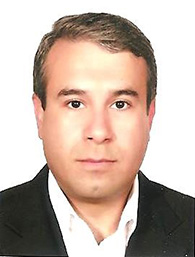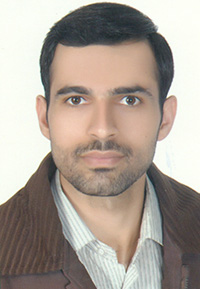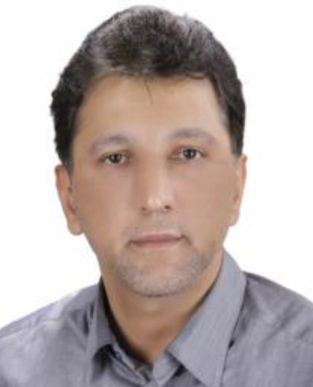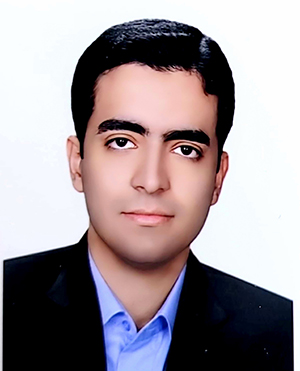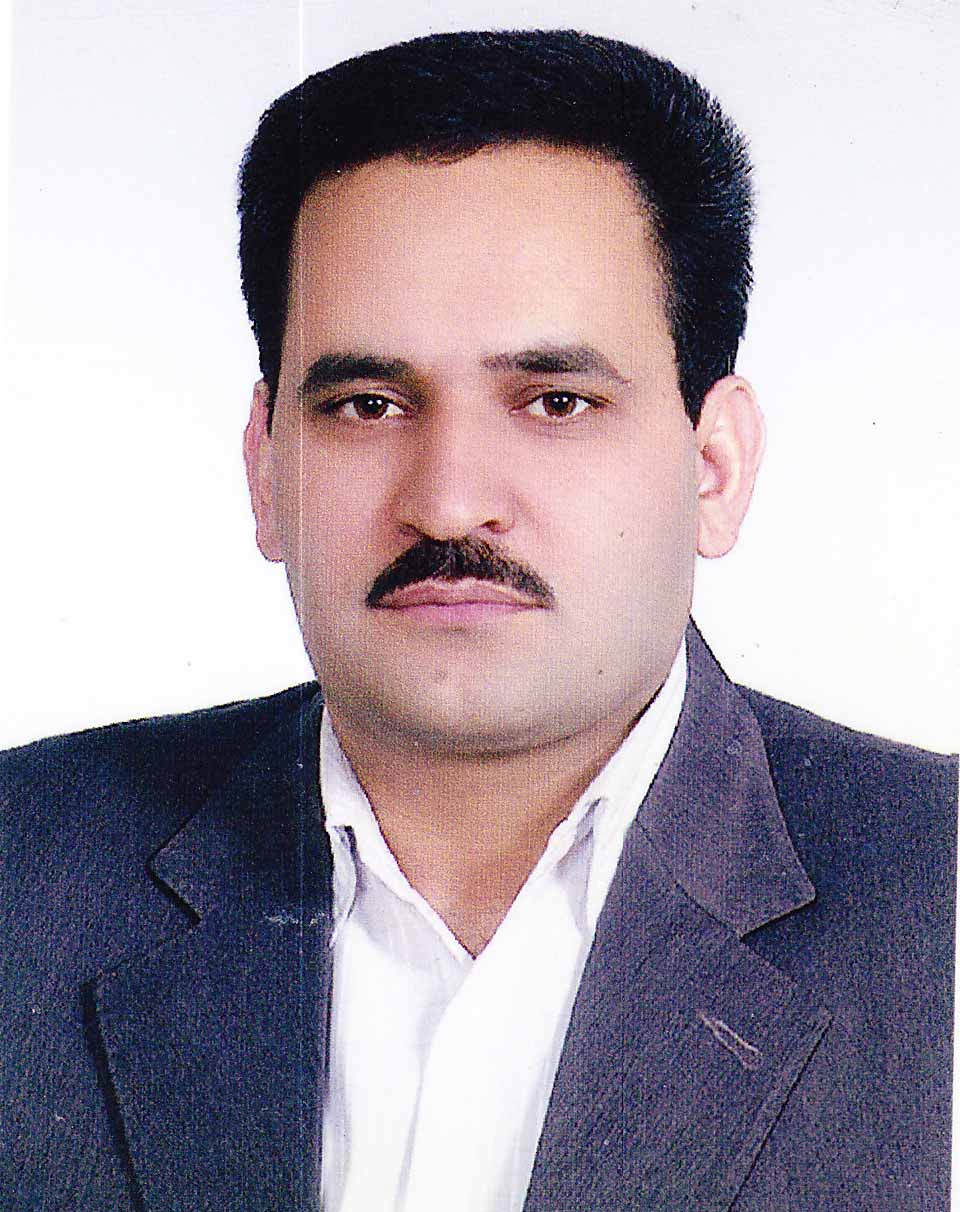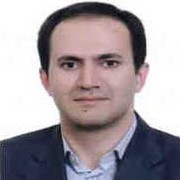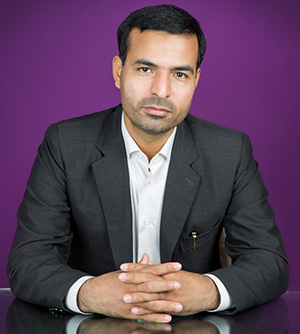Civil Engineering:
The Civil Engineering Department at Qom University of Technology began its activities in 2009 by accepting students for the full-time and part-time bachelor's programs. Currently, about 200 students are studying in this field.
- 8-semester program
- Prerequisite table
- Bachelor's Chart
Importance and Necessity:
Civil engineering is among the disciplines that demonstrate the practical application of science in building and developing a country. Essentially, anything contributing to a nation's development, such as dams, airports, roads, towers, tunnels, telecommunication masts, earthquake, flood and fire-resistant buildings, power plants, and lightweight, affordable, and quality construction materials, falls within the scope of civil engineering. This field covers a broad spectrum of activities. The aim is to train specialized professionals capable of taking responsibility in various civil projects related to building construction, road building, bridge construction, structures and hydraulic works, sewage collection and disposal, and more; overseeing design, calculation, implementation, and supervision..
The significant progress we witness today is the result of the safety and stability created by civil engineering. Controlling nature's fury such as floods, earthquakes, and devastating storms are among the contributions civil engineering has provided to modern society. Moreover, vital transport routes, massive dams that generate electricity, tunnels cutting through mountains, and more—all are evidence of the importance of this engineering discipline.
Civil Engineering Major:
Civil Engineering is an academic degree awarded after university studies, but it is not considered a profession on its own. Due to the wide range of activities available to graduates, the careers a civil engineer can pursue are classified in various forms. A civil engineer may work in contracting, consulting, supervision, or specifically in building construction, dam construction, road construction, refineries and industrial structures, construction management, marine structures, and more.
In Iran, civil engineering is taught at associate, bachelor's, master's, and doctoral levels, with opportunities to earn degrees at each stage. As academic level increases, specialization narrows due to broad subfields. For instance, a bachelor's student studies several subfields briefly, but higher levels focus more deeply on one specific area.
As mentioned, graduates can assume a variety of responsibilities after completing their studies, such as design, calculation, implementation, and supervision of civil projects, including but not limited to:
- Calculating, constructing, implementing, and to some extent designing various residential, administrative, and industrial buildings made of brick, concrete, and steel, such as villas, multi-story buildings, apartments, high-rises, as well as offices, schools, hospitals, factories and industrial centers, sports facilities, conference halls, and more.
- Designing, calculating, and executing various urban and rural roads, including gravel roads, asphalt-paved roads, highways, and railways (covering route surveying, layout, substructure, and pavement).
- Constructing, implementing, and in some cases designing and calculating different types of concrete and steel bridges with various spans, sizes, and forms, such as urban bridges, overpasses, intercity, and highway bridges.
- Executing various earth and concrete dams, diversion dams, and related facilities such as tunnels or diversion canals for river water (used in the construction phase of dam projects), water intake structures, water level control behind dams, etc.
- Conducting river management projects.
- Designing, calculating, and constructing water transmission lines, including pressurized pipelines and open channels, intended to transfer water from dams and reservoirs for agricultural, drinking, and industrial uses to required areas, as well as transferring water from treatment plants to storage tanks and distribution systems.
- Building water and wastewater treatment plants, including buildings, related installations, landscaping, and so forth.
- Designing, calculating, and constructing water supply networks for urban and rural areas to provide potable water for individuals and facilities, including associated installations like water tanks, piping, connections, etc.
- Designing, calculating, and building stormwater collection and drainage networks arising from rainfall for streets and other urban areas and communities, as well as sewage collection and disposal systems for residential and industrial waste, transferring them outside cities and to treatment plants.
- Performing extensive surveying tasks necessary for various construction projects like road and dam building, accurately implementing maps, and to some extent, architectural design and drafting work.
Employment Opportunities and Workplaces
Various centers, directly or indirectly involved in civil activities, recruit graduates according to their activity type. Ministries of Housing and Urban Development, Roads and Transportation, and Energy employ a wide number of civil engineers. Additionally, other ministries, departments, organizations, and public or private centers like the Ministries of Education, Agriculture, Science, Research and Technology, banks, and others indirectly require civil engineers for tasks such as project design, calculation, implementation, and supervision. Furthermore, numerous consulting engineering companies responsible for designing, calculating, and supervising construction projects, as well as governmental and private construction and road companies, hire many civil engineering graduates. Establishing consulting and contracting companies, obtaining necessary permits from related organizations, employing skilled engineers, and working in this manner constitute other key avenues in this field.
Further Education
Postgraduate education refers to studies beyond the bachelor's degree, including master's and doctoral programs. In non-continuous master's programs, students typically complete around 32 specialized academic credits, some of which are dedicated to a thesis, broadening their knowledge in a specific area beyond the undergraduate level.
Various Master's and Doctoral Specializations in Civil Engineering
Graduates with a bachelor's degree in civil engineering can pursue master's degrees in different fields such as: Structural Engineering, Hydraulic Structures, Earthquake Engineering, Transportation, Soil Mechanics and Foundations, Water Engineering, Marine Structures, Construction Management Engineering, Transport Planning Engineering, Surveying Engineering (Geodesy), Photogrammetry, and Environmental Engineering. Each of these areas includes specialized subfields that are explored more thoroughly at the doctoral level, especially during dissertation research. It is possible to continue studies in all these fields at both master's and doctoral levels within the country.









